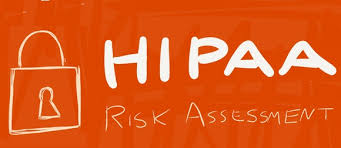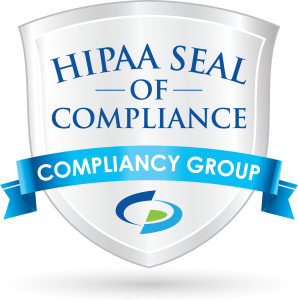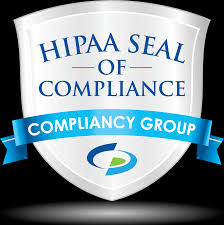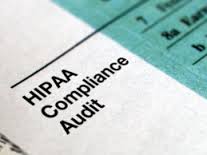 Complying with HIPAA can be painful, especially for a small medical office. It gets all the more painful when you have to make a phone call. Here is a quick checklist to print off and put by the phone when handling phone calls:
Complying with HIPAA can be painful, especially for a small medical office. It gets all the more painful when you have to make a phone call. Here is a quick checklist to print off and put by the phone when handling phone calls:
Do You Have Privacy?:
If there are patients or others hanging around who can overhear the conversation or possibly see the records on your computer screen, you should not be giving out private health information verbally over the phone. Make sure the office is set up to allow for phone call privacy when discussing HIPAA protected information.
Use Three Identifiers for Verification:
You need to verify three different identifiers as an ID check before giving out any information. In addition to the name, you can use identifiers such as address, phone number, last four numbers of the social security number or date of birth.
Minimum Necessary Rule:
Only give as much information as is absolutely necessary to handle the issue, such as giving the insurance company enough information to pay the claim. Do not volunteer additional information beyond that.
Last Four Only:
Do not give out the entire Social Security Number over the phone. Use the last four numbers only.
Make Sure You Log the Call:
Make a brief note in the records. List date and time, who called, why they called, and what information was given to them, if any, and who in the office handled the call.

It is legal to give out health information over the phone for purposes such as getting an insurance claim paid or collaborating with another health care provider to get the patient appropriate care. It is not unusual for insurance companies to need to verify a date of service or an exact procedure. Refusing to answer such questions by phone can unnecessarily delay payments.
Although it is legal to give information by phone to parties who have a legitimate right to it, phone calls still need to be handled in a HIPAA compliance checklist manner. Protect yourself: Print out the above checklist and stick it near the phone today.















